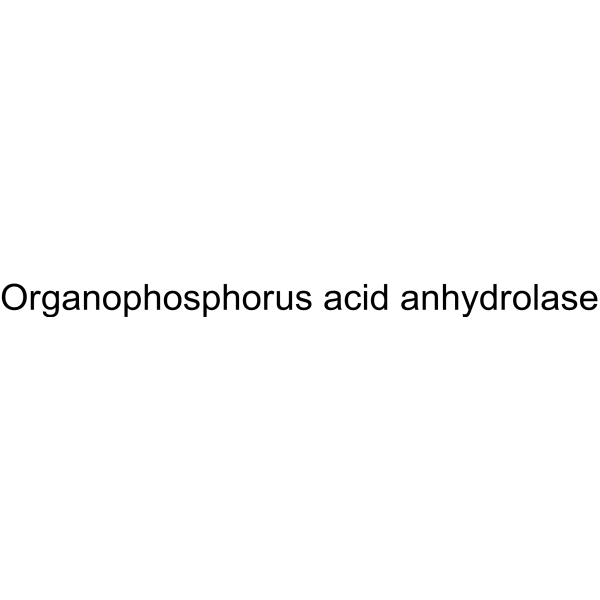Mutational and structural studies of the diisopropylfluorophosphatase from Loligo vulgaris shed new light on the catalytic mechanism of the enzyme.
Vicky Katsemi, Christian Lücke, Juergen Koepke, Frank Löhr, Steffen Maurer, Günter Fritzsch, Heinz Rüterjans
Index: Biochemistry 44(25) , 9022-33, (2005)
Full Text: HTML
Abstract
The active site, the substrate binding site, and the metal binding sites of the diisopropylfluorophosphatase (DFPase) from Loligo vulgaris have been modified by means of site-directed mutagenesis to improve our understanding of the reaction mechanism. Enzymatic characterization of mutants located in the major groove of the substrate binding pocket indicates that large hydrophobic side chains at these positions are favorable for substrate turnover. Moreover, the active site residue His287 proved to be beneficial, but not essential, for DFP hydrolysis. In most cases, hydrophobic side chains at position 287 led to significant catalytic activities although reduced relative to the wild-type enzyme. With respect to the Ca-1 binding site, where catalysis occurs, various mutants indicated that the net charge at this calcium-binding site as well as the relative positions of the charged calcium ligands is crucial for catalytic activity. The importance of the electrostatic potential at the active site was furthermore revealed by various mutations of residues lining the interior of the central water-filled tunnel, which traverses the entire protein structure. In this respect, the structural features of residue His181, which is located at the opposite end of the DFPase tunnel relative to the active site, were characterized extensively. It was concluded that a tunnel-spanning hydrogen bond network, which includes a large number of apparently slow exchanging water molecules, relays any modifications in the electrostatics of the system to the active site, thus affecting the catalytic reactivity of the enzyme.
Related Compounds
| Structure | Name/CAS No. | Molecular Formula | Articles |
|---|---|---|---|
 |
Diisopropylfluoro-phosphatase, lyo
CAS:9032-18-2 |
|
Tyrosine-Specific Chemical Modification with in Situ Hemin-A...
2015-11-20 [ACS Chem. Biol. 10 , 2633-40, (2015)] |
|
Development of a high-throughput screening for nerve agent d...
2010-04-01 [Toxicol. In Vitro 24(3) , 1026-31, (2010)] |
|
Inhibitory potency against human acetylcholinesterase and en...
2008-05-06 [Biochemistry 47(18) , 5216-24, (2008)] |
|
In vitro toxicokinetic studies of cyclosarin: molecular mech...
2014-05-16 [Toxicol. Lett. 227(1) , 1-11, (2014)] |
|
Quantification of hydrolysis of toxic organophosphates and o...
2009-02-15 [Anal. Biochem. 385(2) , 187-93, (2009)] |